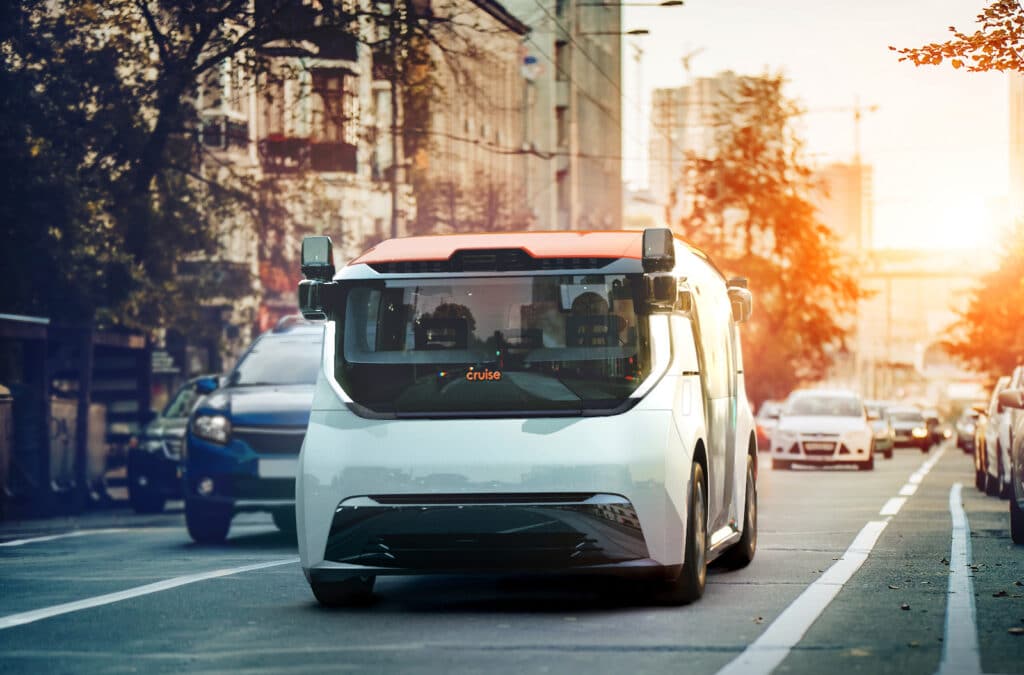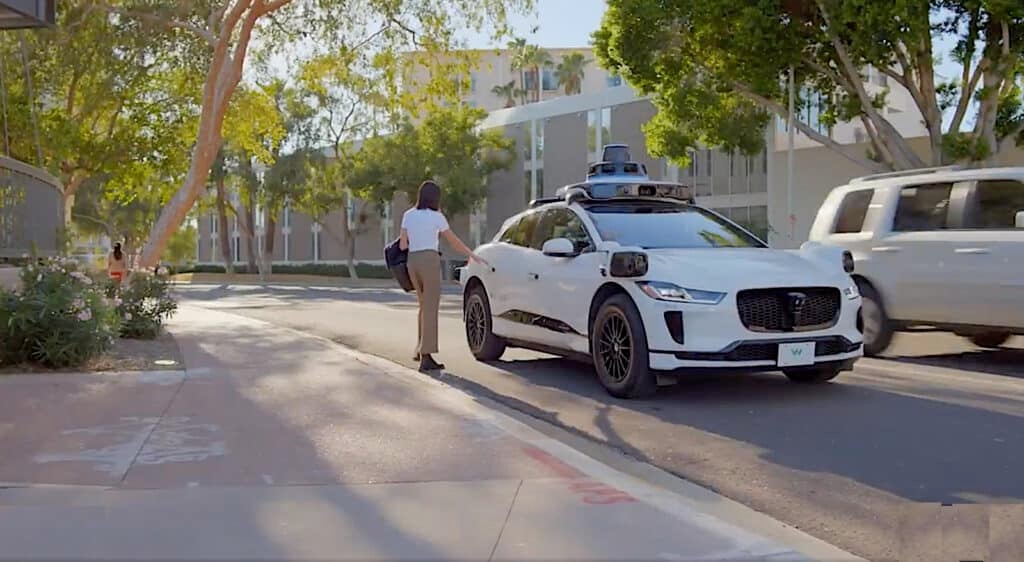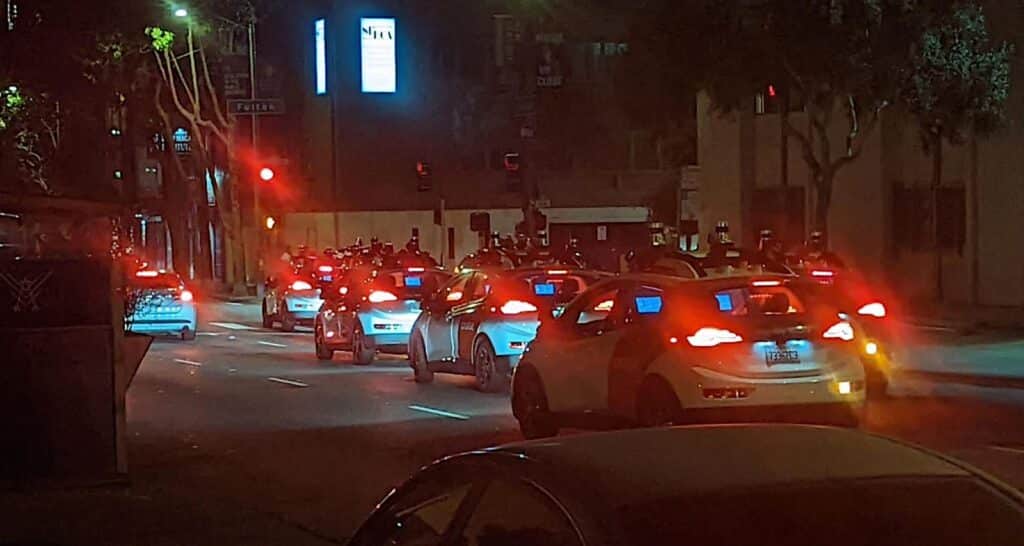Driverless cabs are an increasingly familiar site in foggy San Francisco as services like Waymo and Cruise use the city to test out the futuristic technology. Now, barring a sudden shift in direction, California regulators have signaled they will give the Google and General Motors spinoffs the ability to launch full-time paid ride-sharing services, giving them a leg up on more conventional competitors like Uber and Lyft.

On July 13, the California Public Utilities Commission will vote on whether or not to allow Waymo and Cruise to expand their operations. That would permit them to field driverless vehicles 24/7, letting them pick up passengers anywhere within San Francisco and charge whatever rates the two companies choose to set. According to published reports, the CPUC is widely expected to give Waymo and Cruise the go-ahead.
To proponents, this is a critical step in taking fully autonomous technology out of the science fiction realm and making it an every day reality. But not everyone is pleased by the plan, critics warning the Waymo and Cruise vehicles still “have a lot of kinks” that could tie up traffic, notably including emergency response vehicles, and cause accidents, injuries, even fatalities.
“Not ready for primetime”
They are “not ready for primetime,” said San Francisco Fire Chief Jeanine Nicholson. At least 40 incidents have been logged by the city this year in which robotaxis interfered with emergency vehicles — though the companies question those reporters.
“They have driven into shooting scenes and fire scenes and just been a menace in so many ways to the San Francisco Fire Department, our trucks, and ambulances,” Nicholson told the local ABC TV station ahead of the CPUC meeting.

The Fire Department said it has recorded 66 incidents involving driverless vehicles impeding emergency responders this year alone.
“Our car initially stopped as it was approaching an active emergency scene, then proceeded to perform a U-turn and pull over,” a spokesperson for Cruise told the Guardian. “Throughout this time, all vehicles, including emergency response vehicles, were able to proceed around our car.”
Other officials weigh in
Nicholson is but one of many San Francisco officials concerned about the idea of having fully autonomous robocabs freely wandering the city full time.
And recent events haven’t necessarily painted the technology in a good light. Two Waymo vehicles stalled out in the middle of an intersection during the city’s well-attended gay pride event last Sunday.
The San Francisco Municipal Transportation Agency said that the numbers of “incidents” involving Waymo vehicles between June and November of 2022 was six times higher than for vehicles driven by humans in 2021. Stalling incidents, in particular, are up 300% in the latest period the agency tracked compared to the year before.

Officials seek limitations
SFMTA is asking the Public Utilities Commission to put significant limits on when and where Cruise and Waymo driverless vehicles could operate. It wants them banned entirely from downtown San Francisco, and it would ban them during key traffic periods, 7 a.m. to 10 a.m. and 4 p.m. to 7 p.m.
TheDetroitBureau.com is waiting for a response from the two companies but both have downplayed problems in the past, whether denying reported incidents or minimizing their impact.
Alphabet, the parent of Waymo, has been one of the most active proponents of driverless technology, though Cruise has received massive infusions of capital from General Motors and other investors, including Honda Motor Co.
The companies are betting that driverless technology will finally transform the money-losing ride-sharing business into a profit center. Human drivers are the single largest expense for companies like Uber and Lyft. But both of those firms abandoned their own autonomous development programs and are expected to eventually license such technology for their own fleets.
- SEO Powered Content & PR Distribution. Get Amplified Today.
- PlatoData.Network Vertical Generative Ai. Empower Yourself. Access Here.
- PlatoAiStream. Web3 Intelligence. Knowledge Amplified. Access Here.
- PlatoESG. Automotive / EVs, Carbon, CleanTech, Energy, Environment, Solar, Waste Management. Access Here.
- BlockOffsets. Modernizing Environmental Offset Ownership. Access Here.
- Source: https://www.thedetroitbureau.com/2023/07/waymo-cruze-expected-to-get-state-ok-to-launch-24-7-driverless-car-sharing-in-san-francisco/



